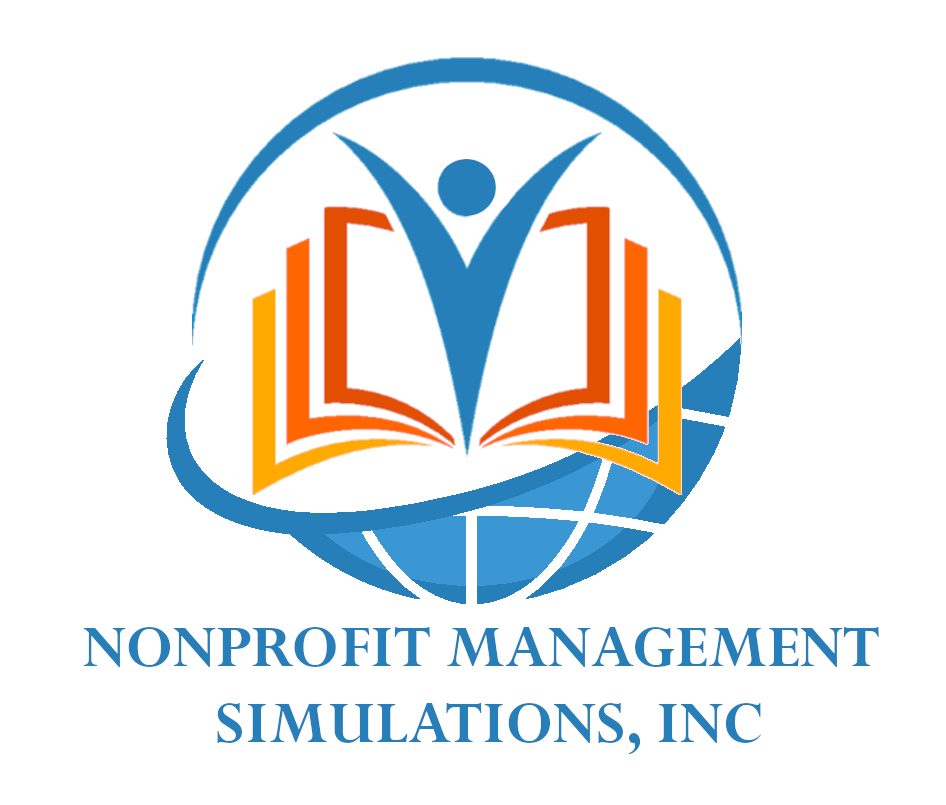Experiential learning encourages higher-order learning, which promotes critical thinking abilities and self-directed learning (Kreber, 2001). Hakeem (2001) found that students involved in experiential learning have a greater understanding of their subject matter than students in a traditional lecture-only class. Rocha (2000) reported that students enrolled in classes where experiential learning methods are used perceived themselves as more competent practitioners than students in classes without these methods. One form of experiential learning used in educational and community settings is simulations, engaging an audience in active learning where participants learn from each other, not just from the “sage on the stage” (Dorn, 1989). Experiential learning such as simulation has been promoted as a means to challenge student’s misconceptions (McClintock, 2000). In business-related classes, simulations have been used to model international trade (Truscott, Rustogi, &Young, 2000) and the development of business enterprises (Goosen, Jensen, & Wells, 2001)…. For teaching about poverty, Jessup (2001) maintains that: “Simulations are also more effective than conventional teaching methods at emphasizing abstract concepts over factual information, engendering empathy, and serving as a reference for ongoing discussions regarding social inequality” (p.103). [1]
Simulation Description
The “Not-for-Profit Management: A Simulation” (2020) is an online web instruction course that has the option of being supplemented with classroom meetings and digital lectures. The not-for-profit simulation course allows the student/participant the opportunity to exercise management decisions in a realistic, community-based, service environment.
As the simulation is designed to prepare managers of not-for-profit organizations, the model organization includes both human service and business functions; the performance outcomes are defined and quantifiable. The model for the simulation is a community services organization that has service programs and a business component; it is representative of many types of human service organizations.
The simulation is based on experiential learning; it provides practical experiences to develop in-depth knowledge of the concepts of strategic management through problem identification and problem solving. The design of the simulation was obtained from descriptive research studies, as well as interviews with executive directors. Also, secondary data were analyzed to obtain a profile of the people being served, programs being offered, and social policy issues. Interviews and information were obtained from over ten states and were helpful in designing the community-based simulation, shaping strategies, and understanding operational practices.
The simulation is an advanced course for students in relevant fields, such as, not-for-profit management, human service administration and public administration. The simulation may also be used as a continuing education course for aspiring executive directors, middle managers and program directors of community human service programs.
The focus of the simulation is on managing the Community Adult Service Agency (CASA, Inc.) program. The $7 million budget is funded by governmental and private funds to provide evaluation/assessment, and programs and services leading to employment. The participant will experience the system interdependencies of management decisions that affect operational plans, budget, staffing, services and customer satisfaction.
Each team has a computer to communicate with the instructor and access the Internet. Simulated exercises use the Internet to obtain and transmit information to government organizations, board members, and professional organizations. The computer and Internet are also used for role playing and to improve decision-making by accessing a data base; these are examples of using technology to improve management decisions.
[1] Caniglia. J. (2019). Simulations as a Teaching Strategy. Kent State University Center for Teaching and Learning. Retrieved [insert today’s date] from https://www.kent.edu/ctl/simulation-teaching-strategy

